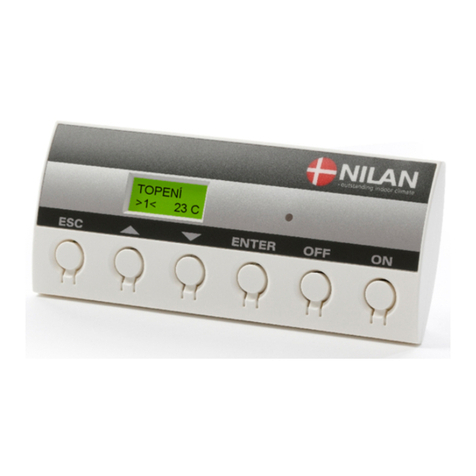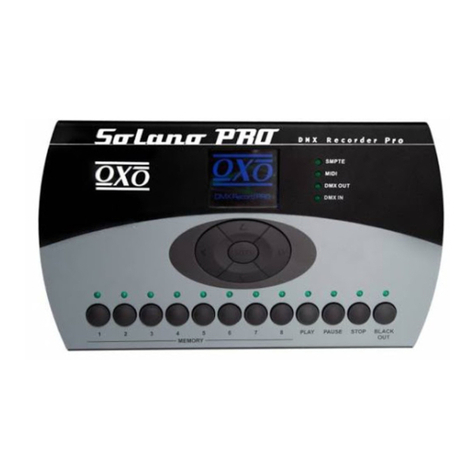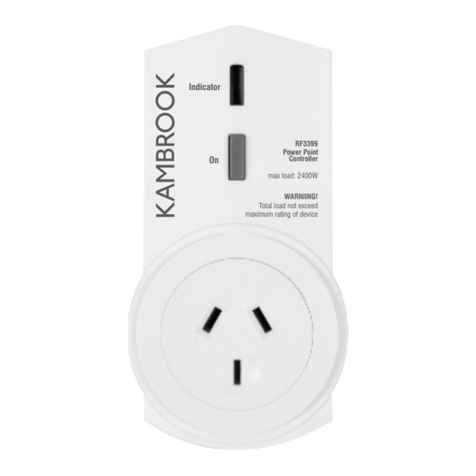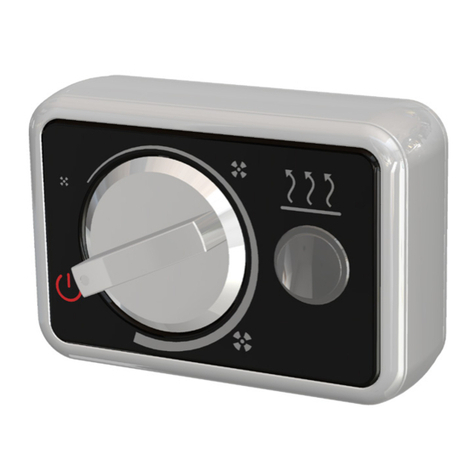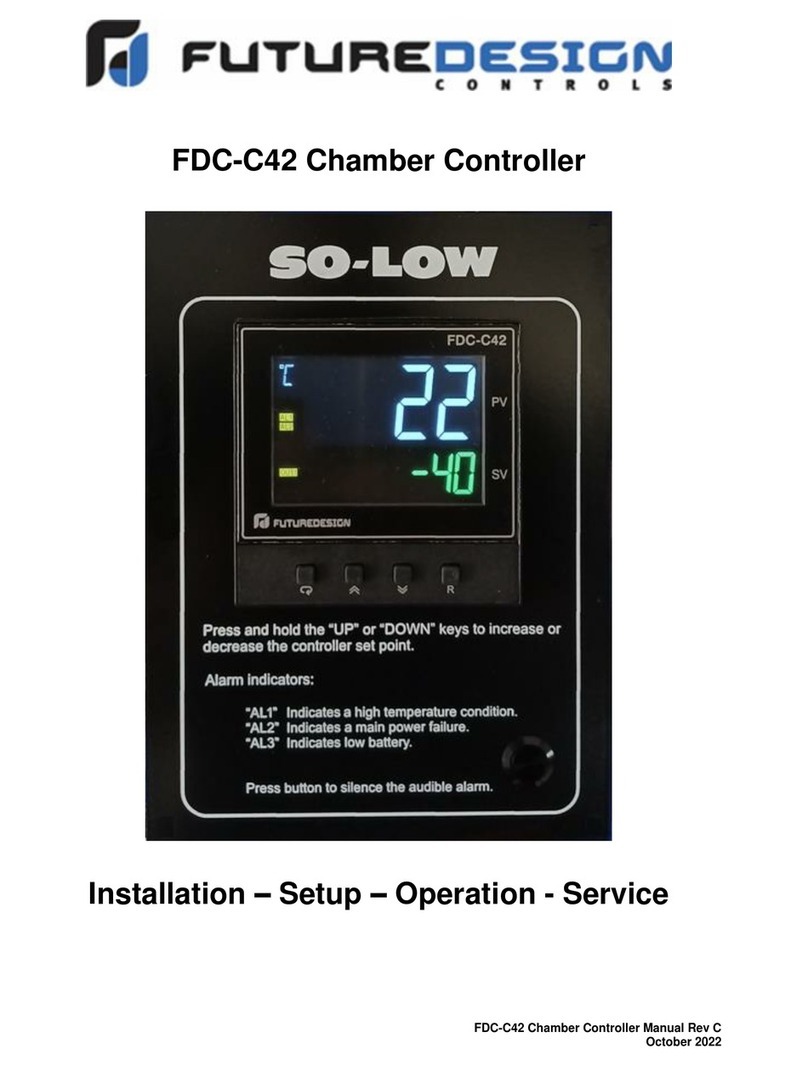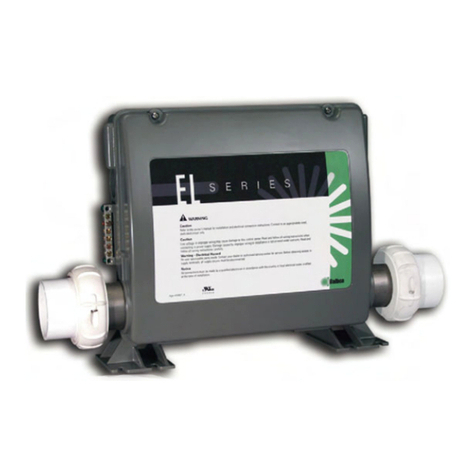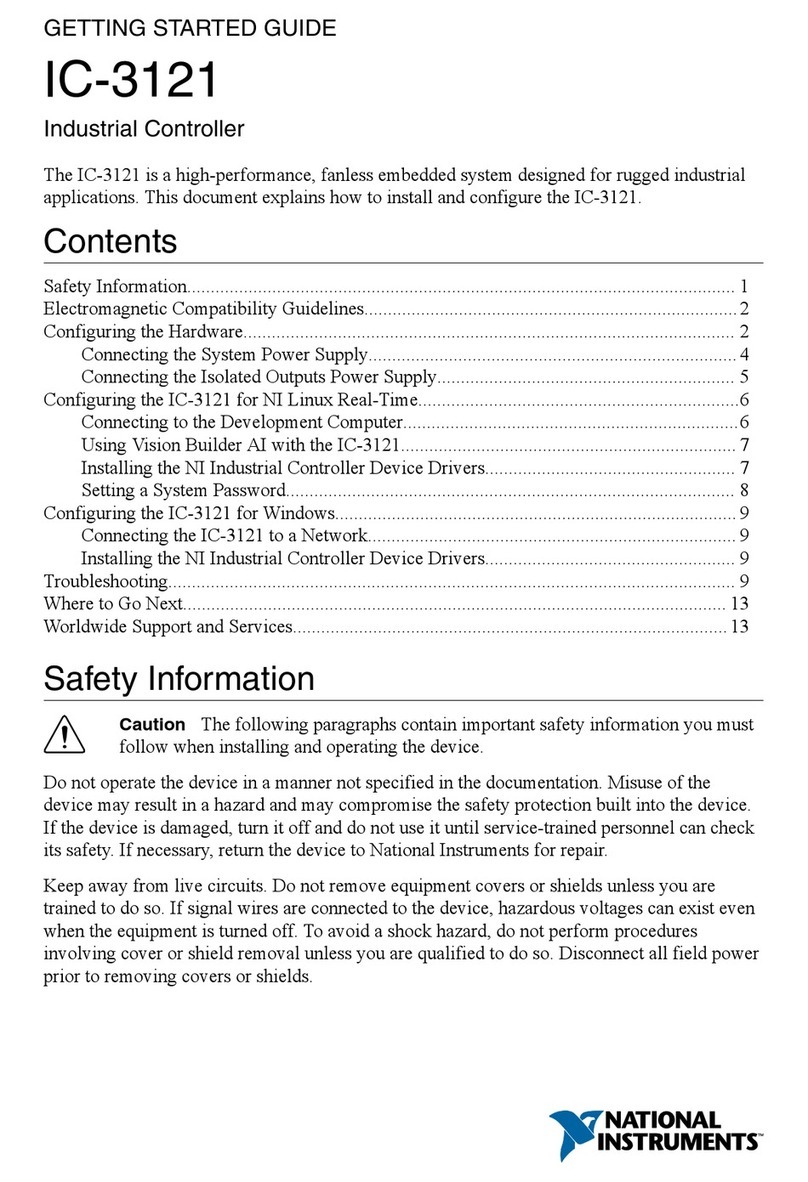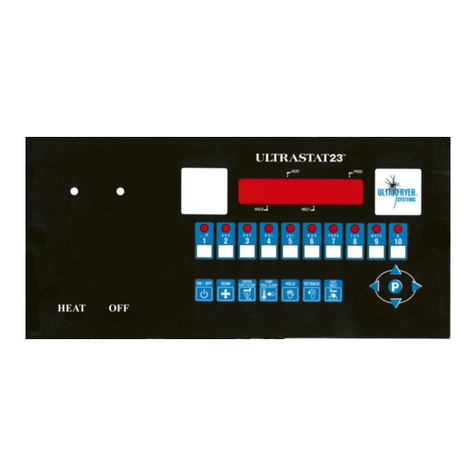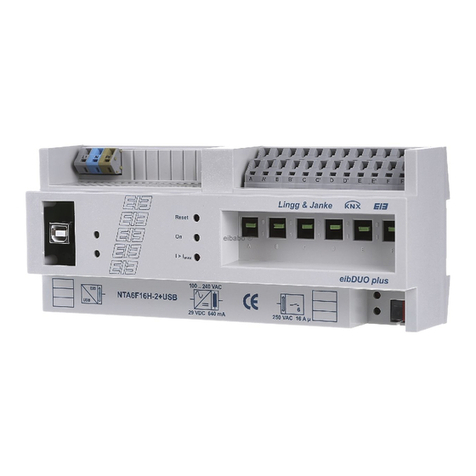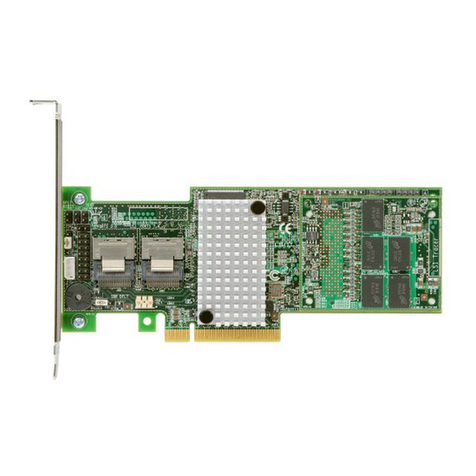www.solarv.de Copyright © 2022 SolarV GmbH All rights reserved
8.
Protection
PV Over Current
The controller will limit battery charging current to the Maximum Battery Current
rating. Therefore an over-sized solar array will not operate at peak power.
PV Short Circuit
When PV short circuit is powered on or PV input is short circuit on low-power, the
controller will stop charging. Clear it to resume normal operation.
WARNING: The controller may be damaged, when PV input is short
circuit on high-power.
PV Reverse Polarity
The PV can be reversely connected with a controller when:
✓
Only the PV is connected with the controller;
✓
The battery is positively connected, and the open-circuit voltage of the PV is
lower than 85V(This requirement is only forTracer26/39/5210BP).
WARNING: Controller will be damaged when the PV array straight
polarity and the actual operation power of the PV array is 1.5 times
greater than the rated charge power!
Battery Reverse Polarity
When the PV is not connecting or connecting reversed, fully protection against
battery reverse polarity, correct the wire connection to resume normal operation.
WARNING: Controller will be damaged when the PV connection is
correct and battery connection reversed!
Battery OverVoltage
When the battery voltage reaches to the set point of Over Voltage Disconnect Voltage,
the controller will stop charging the battery to protect the battery from being over
charged to break down.
Battery OverDischarge
When the battery voltage reaches to the set point of Low Voltage Disconnect Voltage,
the controller will stop discharging the battery to protect the battery from being over
discharged to break down.
Battery Overheating
The controller detects the environment temperature through the external temperature
sensor. If the environment temperature exceeds 65 ºC, the controller will automatically
start the overheating protection to stop working, and recover below 55ºC.
Lithium battery Low Temperature
The temperature sensor is less than the low temperature value, Lithium battery stop
charging/discharging. It is higher than the low temperature value, Lithium battery start
charging/discharging.
Load Overload
If the load current exceeds the maximum load current rating 1.05 times, the controller
will disconnect the load. Overloading must be cleared up through reducing theload
and restarting controller.
Load Short Circuit
Load will be switched off when load short circuit (≥4 times rated current) happens.
Controller will automatically attempt to reconnect load for 5 times. If short circuit
protection still exist after controller’s 5 times attempts, user have to clear short
circuit ,then restart the controller or wait for one night-day cycle (night time>3hours).
Temperature sensor break down
If the temperature sensor short-circuited or damaged, the controller will be charging
or discharging at the default temperature 25 ºC to prevent the battery damaged from
overcharging or over discharged.
High Voltage Transients
The controller is protected against small high voltage transients. In lightning prone
areas, additional external suppression is recommended.
10.
Troubleshooting
①When it is overload or short circuit, the load have 5 times auto-recovery
output function, which each times delay respectively 5s, 10s, 15s, 20s, 25s.
11.
Disclaimer
This warranty does not apply under the following conditions:
Damage from improper use or use in an unsuitable environment.
PV or load current, voltage or power exceeding the rated value ofcontroller.
The controller is working temperature exceed the limit working environment
temperature.
User disassembly or attempted repair the controller without permission.
The controller is damaged due to natural elements such as lighting.
The controller is damaged during transportation andshipment.
9.
TechnicalSpecifications




